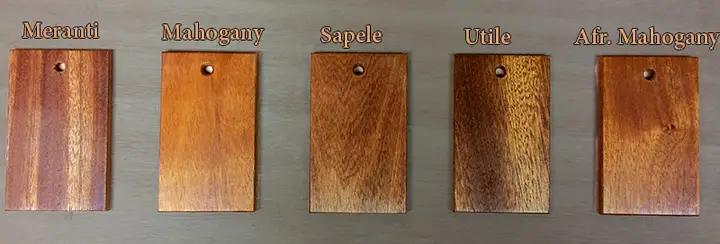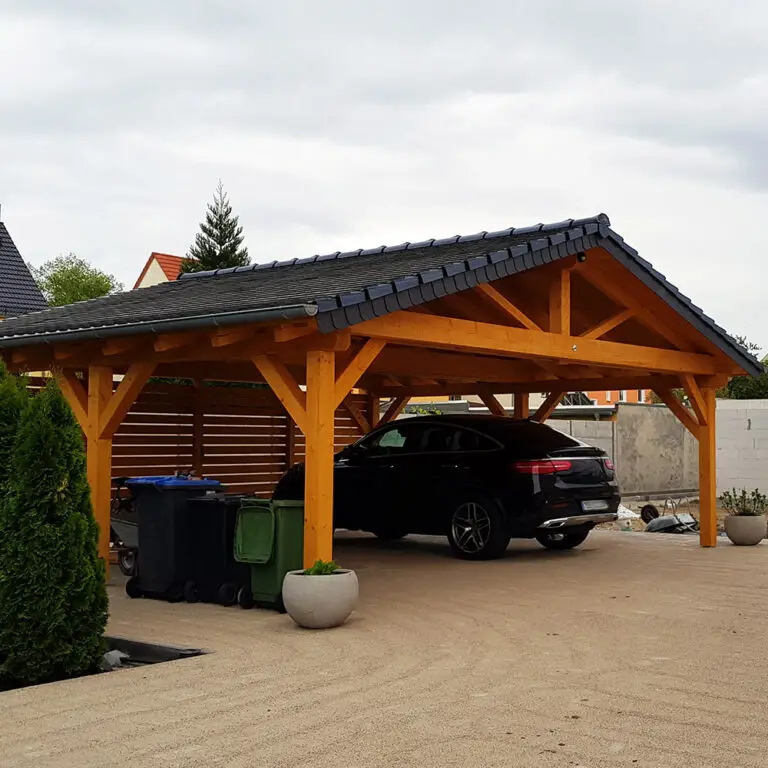Is Reclaimed Wood Cheaper : Uncovering the Savings
Reclaimed wood has surged in popularity in recent years as a sustainable and aesthetically pleasing alternative to new lumber. But one question that often arises is whether reclaimed wood is actually cheaper than new wood. In this article, we will explore the factors that contribute to the cost of reclaimed wood and compare it to new wood to determine whether it is indeed a more cost-effective option.
The Cost of Reclaimed Wood
Reclaimed wood is sourced from old buildings, barns, and other structures, and it undergoes a process of salvage and reprocessing to make it usable for new applications. The cost of reclaimed wood can vary depending on several factors:
- Rarity and Availability: Certain types of reclaimed wood, such as old growth timber, may be more rare and thus more expensive to procure.
- Quality and Condition: The quality and condition of the reclaimed wood can impact its cost. Wood that has undergone minimal processing and retains its original character may be pricier.
- Source and Transportation: The location of the reclaimed wood and the distance it needs to be transported can affect its cost.
Comparing the Cost of Reclaimed Wood and New Wood
When comparing the cost of reclaimed wood to new wood, it’s important to consider both the upfront cost and the long-term value.
Upfront Cost
At first glance, reclaimed wood may appear to be more expensive than new wood. Factors such as rarity and quality can contribute to a higher initial cost for reclaimed wood. However, it’s essential to look at the bigger picture.
Long-term Value
Reclaimed wood offers several long-term value propositions that can make it a more cost-effective choice over time:
- Durability: Reclaimed wood is often denser and more durable than new wood, reducing the likelihood of warping and damage over time.
- Sustainability: Using reclaimed wood contributes to environmental sustainability by repurposing existing materials rather than consuming new resources.
- Aesthetic Appeal: The unique character and history of reclaimed wood can add significant value to a space, potentially increasing property value in the long run.
Factors to Consider When Purchasing Reclaimed Wood
When considering the cost of reclaimed wood, it’s important to keep the following factors in mind:
- Supplier: Choose a reputable supplier with experience in sourcing and processing reclaimed wood to ensure quality and authenticity.
- Project Requirements: Assess the specific needs of your project to determine the type and amount of reclaimed wood required.
- Installation and Finishing: Factor in any additional costs for the installation and finishing of reclaimed wood, as it may require special techniques compared to new wood.

Credit: www.reddit.com
Frequently Asked Questions Of Is Reclaimed Wood Cheaper : Uncovering The Savings
Is Reclaimed Wood Cheaper Than New Wood?
Reclaimed wood can be cheaper due to reduced production costs.
How Does The Quality Of Reclaimed Wood Compare?
Reclaimed wood often has higher quality and unique character.
What Are The Environmental Benefits Of Using Reclaimed Wood?
Using reclaimed wood reduces deforestation and minimizes environmental impact.
Can Reclaimed Wood Be Used For Various Projects?
Reclaimed wood is versatile and suitable for many different projects.
Conclusion
So, is reclaimed wood cheaper? While the upfront cost of reclaimed wood may be higher than that of new wood, its long-term value, durability, and environmental benefits can make it a more cost-effective choice in the grand scheme of things. By carefully considering the factors that contribute to the cost of reclaimed wood and weighing its benefits, you can make an informed decision on whether it is the right choice for your project.






